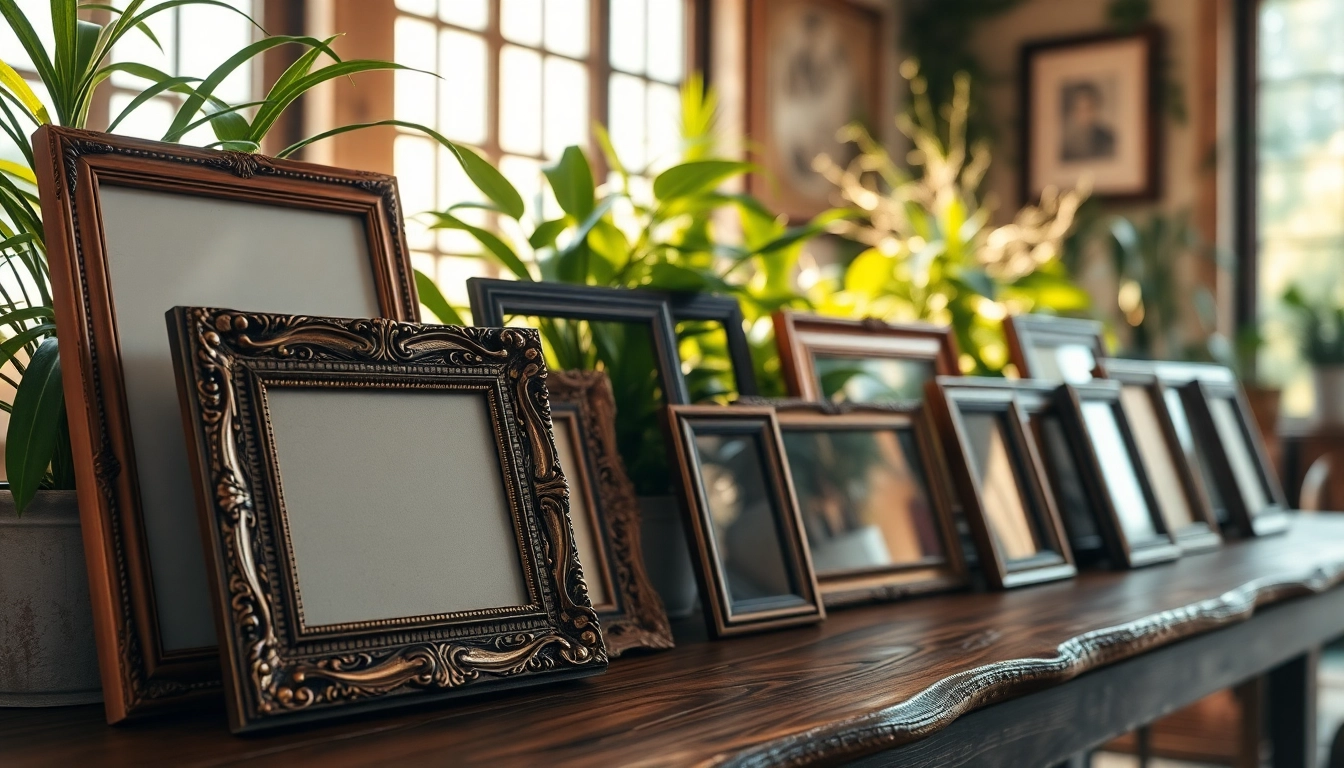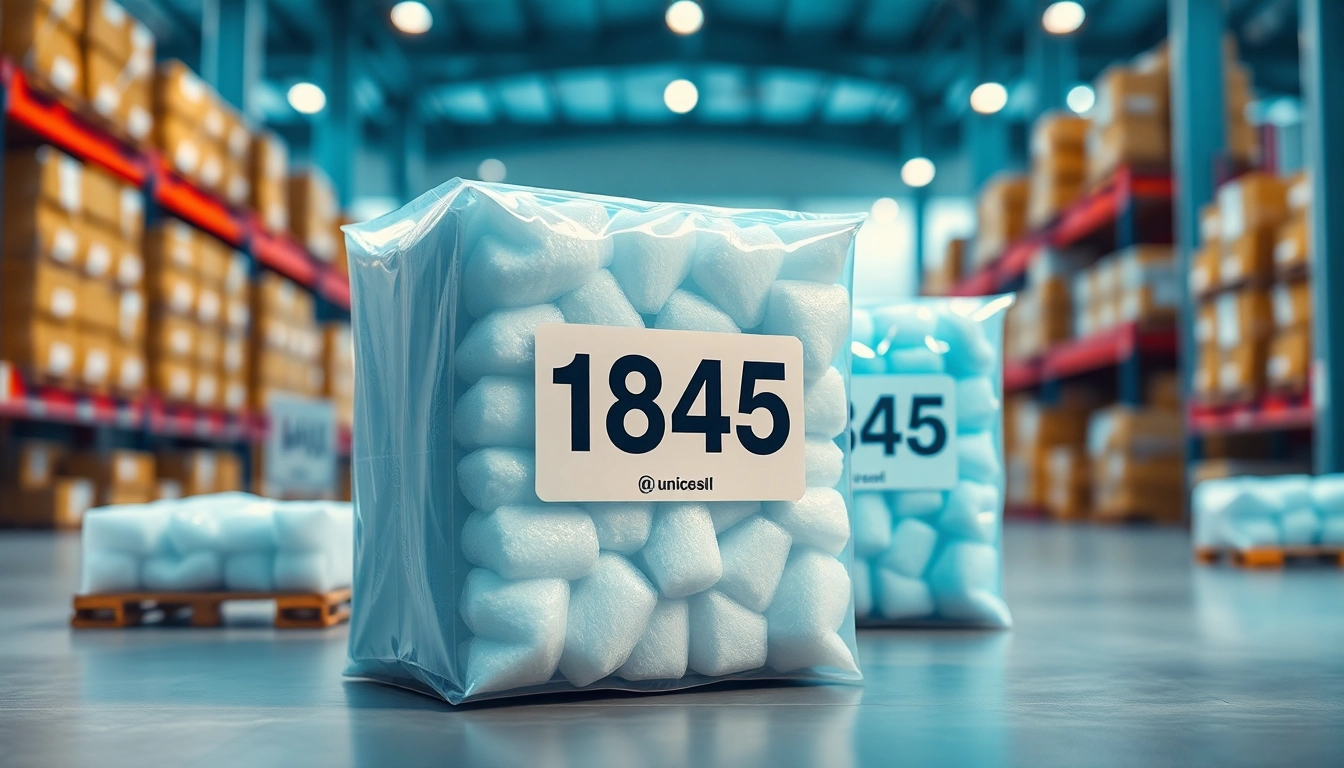Understanding Vintage Frames
Vintage frames are more than just decorative elements; they are windows into the past, encapsulating the artistry and craftsmanship of bygone eras. In a world dominated by mass production, these frames stand out as unique pieces that can infuse any space with character and charm. Whether you’re displaying family photographs, artwork, or mirrors, vintage frames can transform your décor. To appreciate their value, it’s essential to understand what truly defines vintage frames and the impact they can have on your living environment.
What Defines Vintage Frames?
Vintage frames are generally classified as being at least 20 to 30 years old, giving them a sense of history and timelessness. Unlike contemporary designs, which may focus on minimalist aesthetics, vintage frames often showcase intricate detailing, craftsmanship, and unusual shapes that reflect the design trends of their respective eras. This age criterion not only signifies a difference in style but also implies a higher potential for unique materials and construction methods not commonly found in modern manufacturing.
Styles and Eras of Vintage Frames
The world of vintage frames is diverse, comprising various styles and eras that cater to different tastes. Here are some notable categories:
- Victorian (1837-1901): Characterized by ornate designs, use of natural motifs, and elaborate gilding.
- Art Nouveau (1890-1910): Known for its flowing lines, floral patterns, and organic forms.
- Mid-Century Modern (1945-1969): Features minimalist design, geometric shapes, and a focus on functionality.
- Art Deco (1920-1940): Distinguished by bold colors, angular forms, and decorative elements.
Understanding these styles helps you choose frames that not only match your decor but also resonate with your aesthetic sensibilities.
Why Choose Vintage Frames?
The choice of vintage frames extends beyond mere aesthetics. Their enduring charm and unique qualities offer several advantages:
- Uniqueness: Each vintage frame carries its own story, making it a conversation starter in your home.
- Quality: Many vintage frames were crafted with a level of detail and care that is often absent in today’s mass-produced items.
- Cultural Significance: Collecting vintage frames can connect you to historical contexts and artistic movements.
Benefits of Vintage Frames in Home Decor
Timeless Aesthetics
Timeless aesthetics are one of the standout benefits of incorporating vintage frames into your decor. Unlike contemporary styles that can quickly go out of fashion, vintage frames exude a sense of permanence. Their unique designs and classic finishes ensure they remain relevant no matter how trends evolve. This intrinsic value makes them worthy investments for both personal use and collection.
Adding Character to Spaces
Vintage frames can add depth and character to any room. Their various styles, textures, and colors can serve as focal points or subtle accents, enhancing the overall ambiance. Whether you choose to create a gallery wall with various frame styles or select a single statement piece, vintage frames invite a feeling of nostalgia and warmth into your home.
Eco-Friendly Choice
In today’s eco-conscious world, opting for vintage frames is also an environmentally friendly choice. By choosing to repurpose and embrace items from the past, you reduce the demand for new materials and the carbon footprint associated with manufacturing. Vintage frames often utilize materials like wood and metal, which are more sustainable than modern plastic alternatives.
Choosing the Right Vintage Frames
Assessing Quality and Authenticity
When selecting vintage frames, it is crucial to assess both quality and authenticity to ensure your investment is sound. Examine the craftsmanship—look for signs of handwork, such as irregularities in shape and finish, which indicate handmade items rather than mass-produced replicas. Additionally, inspect any labels or markings that might provide insights into the frame’s origin.
Color Combinations and Themes
Choosing vintage frames also involves considering the color and theme of the space they will inhabit. A well-selected frame can complement or contrast your existing décor, enhancing the visual balance of the room. Consider the dominant colors in your decor and select frames that either harmonize or provide a striking contrast. Collections of frames in varying finishes but similar color palettes can create a curated look that adds interest and cohesion.
Measuring for Fit: What to Consider
Before purchasing vintage frames, always measure the art or photographs you plan to display. The frame should complement the dimensions of the artwork without overshadowing it. Additionally, consider the frame depth and width, especially if you intend to use mounts or mats. Ideal framing not only fits the piece well but also enhances its visual appeal.
Caring for Your Vintage Frames
Cleaning Techniques for Different Materials
Caring for vintage frames is essential to preserving their beauty and longevity. Different materials require different cleaning techniques:
- Wood: Use a soft, dry cloth to dust vintage wooden frames. For deeper cleaning, a mixture of mild soap and water can be used carefully on a damp cloth, followed by a dry cloth to ensure no moisture remains.
- Metal: Metal frames can be cleaned with a soft cloth and metal polish to restore their luster. Avoid abrasive cleaners that could scratch the surface.
- Plastic: For vintage plastic frames, a simple damp cloth is usually sufficient. Make sure to avoid excessive moisture, which can warp the material.
Storage Solutions for Longevity
Storing vintage frames properly is vital for their preservation. When not in use, store frames in a climate-controlled environment to avoid damage from humidity or extreme temperatures. Use acid-free tissue paper to wrap frames and store them upright to prevent warping. Avoid stacking frames directly on top of each other, as this can cause scratches and dents.
Repairing Minor Damages
Minor damages, such as scratches or loose joints, can often be repaired at home. For scratches on wooden frames, consider using a wood filler or touch-up pen that matches the frame’s color. For loose corners, white glue or wood glue can be used to reattach the pieces securely. However, if extensive restoration is needed, consulting a professional conservator is advisable to maintain the frame’s value.
Where to Find Authentic Vintage Frames
Online Marketplaces and Auctions
Online marketplaces and auction sites are fantastic resources for finding authentic vintage frames. Websites like Etsy and eBay often feature individual sellers who specialize in vintage decor. When shopping online, always review seller ratings and product descriptions thoroughly to avoid counterfeit items.
Local Antique Shops and Flea Markets
Your local antique shops and flea markets are treasure troves for vintage finds. Here, you can examine the frames in person, assess their quality, and often negotiate prices. Building relationships with shop owners can also provide insights into new arrivals and special pieces that may not be widely advertised.
Networking with Collectors
Joining online forums or local collector groups can enhance your chances of finding unique vintage frames. Networking with fellow collectors allows you to share resources, trade items, and tap into insider knowledge regarding upcoming sales or estate auctions. Social media platforms like Instagram and Facebook also host groups where enthusiasts showcase their collections and offer items for trade or sale.



